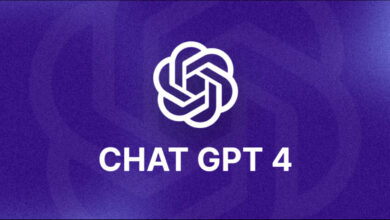Common Cyber Threats In 2024’s Digital Landscape

With stolen identities, adversaries can log in using legitimate credentials, which has become one of the fastest and most common methods of gaining access.
List of Cyber Threats In 2024
1. Phishing Attacks
Phishing is a social engineering attack where attackers masquerade as trustworthy entities to steal sensitive information such as usernames, passwords, and credit card details. These attacks often come via email, with messages designed to trick recipients into clicking on malicious links or downloading infected attachments.
2. Malware
Malware, short for malicious software, encompasses various harmful software types, including viruses, worms, ransomware, spyware, and trojans. Malware can damage or disable computers, steal data, or allow unauthorized access to systems.
- Viruses attach themselves to legitimate files and spread across systems.
- Worms replicate themselves to spread to other computers.
- Ransomware encrypts a victim’s files and demands a ransom for the decryption key.
- Spyware secretly monitors and collects user information.
- Trojans disguise themselves as legitimate software to gain access to systems.
3. Ransomware
A particularly damaging type of malware, ransomware encrypts the victim’s data, rendering it inaccessible until a ransom is paid. High-profile incidents have targeted hospitals, schools, and businesses, often leading to significant financial losses and operational disruptions.
4. Denial-of-Service (DoS) Attacks
A DoS attack aims to make a computer, network, or service unavailable to its intended users by overwhelming it with a flood of internet traffic. Distributed Denial-of-Service (DDoS) attacks amplify this threat by using multiple compromised systems to generate the attack traffic, making it harder to defend against.
5. Man-in-the-Middle (MitM) Attacks
In a MitM attack, attackers intercept and potentially alter communication between two parties without their knowledge. This can happen through compromised Wi-Fi networks, where attackers can eavesdrop on or manipulate the data being exchanged.
IoT Attacks
The Internet of Things (IoT) refers to the network of physical devices connected to the internet. While IoT devices offer convenience and efficiency, they are often poorly secured, making them attractive targets for cybercriminals. Compromised IoT devices can be used to launch large-scale attacks or gain access to more critical network components.

The Financial Toll of Cybercrime
Cybercrime’s financial repercussions are staggering. In 2023, the global average cost of a data breach rose to $4.45 million, marking a 15% increase over three years. \
The United States remains the hardest hit, with the average cost of a breach reaching $5.09 million. Remote work has compounded these challenges, adding an average of $173,074 to the cost of breaches, reflecting the new vulnerabilities in hybrid work environments.




